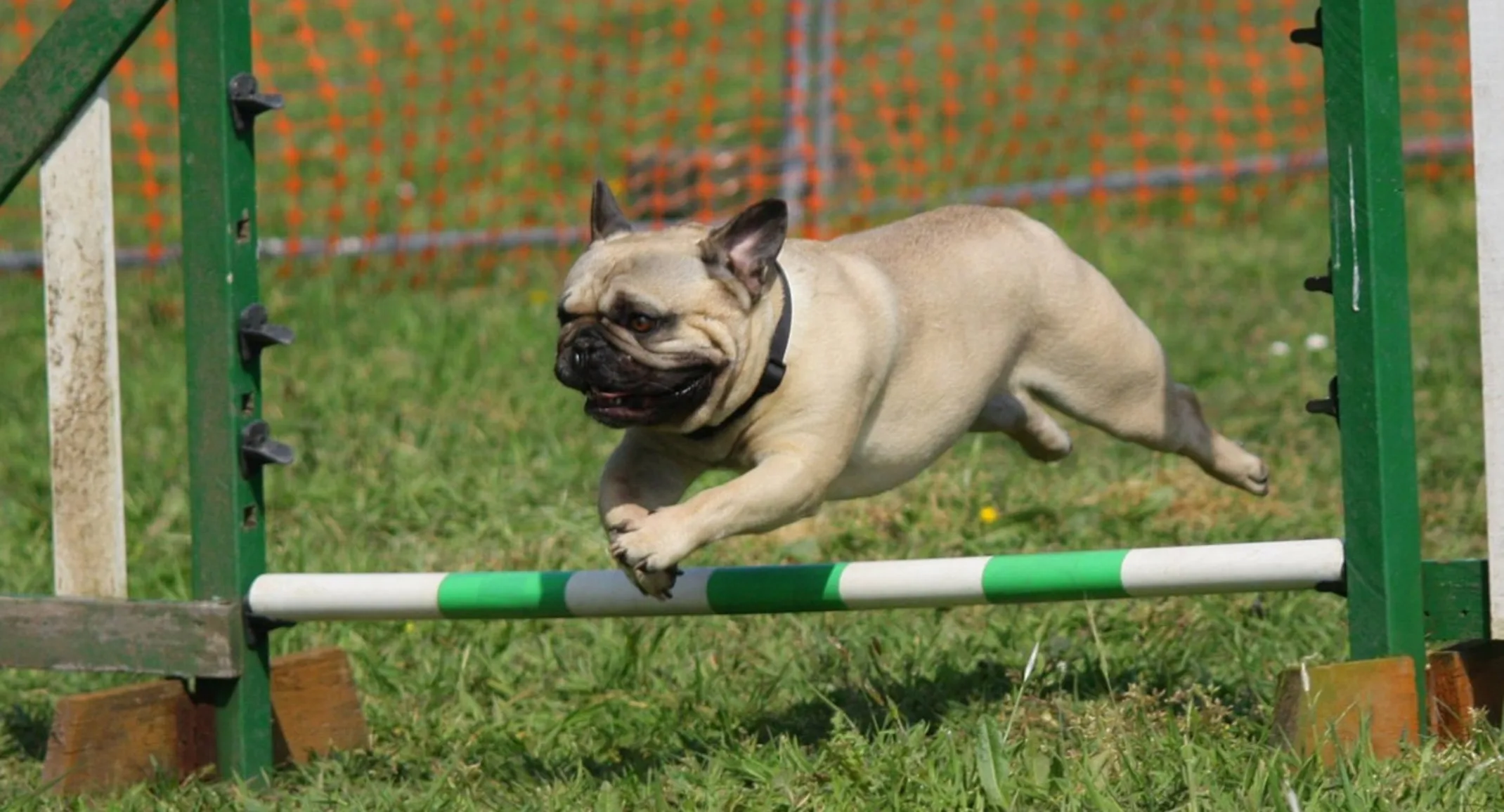Pet Obesity and Weight Management 101
For Pet Owners

Pet obesity is a rampant problem—according to a 2019 Association for Pet Obesity Prevention survey, 59.5% of cats and 55.8% of dogs are overweight or obese in the United States. Overweight pets face numerous health issues, so our Dove Mountain Veterinary team is sharing how obesity affects your pet’s quality of life, and how you can help your pet achieve and maintain their ideal healthy weight.
What are the health risks for overweight pets?
For an overweight pet (i.e., 10% to 20% more than their ideal body weight), it’s only a matter of time until they develop a secondary condition. Overweight and obese pets are far more susceptible to life-threatening diseases, debilitating pain, and chronic inflammation. Some of the common pet disorders associated with excess weight include:
Osteoarthritis
Diabetes
Respiratory and heart disease
Kidney disease
Arthritis
High blood pressure
Many forms of cancer—especially intra-abdominal cancers
Weight management is an essential part of your pet’s health and wellbeing. Your ideal weight pet will be healthier, have more energy, suffer less pain and illness, and live a longer, happier life.
What commonly causes obesity in pets?
Like humans, pets can gain weight for a variety of reasons, but mostly, because they consume too many calories and exercise too little, they have excess fat that is stored throughout their body. Any pet can gain too much weight, but some breeds are at a higher risk, including:
Labrador retrievers
Pugs
Beagles
Golden retrievers
Bulldogs
Basset hounds
Dachshunds
If your pet is one of these high-risk breeds, carefully monitoring their diet and amount of exercise and frequently checking their weight is essential.
How do I know if my pet is overweight?
You cannot tell at a glance if your pet is overweight, especially if they have a long, fluffy coat. Weighing your pet can give you more information, but you need to consider not only body weight but also their body condition score (BCS). The BCS is a hands-on assessment that can be performed at home to determine if a pet is overweight. This grading system, which is similar to a body mass index (BMI) in humans, together with regular weighing, can provide an objective measurement of your pet’s weight. Take the following steps to calculate your pet’s BCS:
Feel your pet’s ribs
— Gently place your hands over your pet’s rib cage. You should be able to feel individual ribs without pressing hard. If you have to press in with your fingers, or can’t feel your pet’s ribs, your pet is overweight.
Observe your pet’s waistline
— Look at your pet from above while they are standing. You should see a defined waistline that curves in behind the rib cage, forming an hourglass shape. If your pet’s body is round or oval, they may be overweight.
Look at your pet’s side profile
— Look at your pet’s waist and stomach from the side. You should see an upward slant from the rib cage to the back legs. A sagging waist or swinging stomach indicates that your pet is overweight.
Feel your pet’s body for excess fat
— Run your hands down your pet’s backbone, legs, hips, and pelvic bones, feeling for excess fat layers, which also indicate that your pet is overweight.
If your pet’s BCS score is outside the healthy range, schedule an appointment at Dove Mountain Veterinary.
How can I help my pet lose weight?
Weight problems can be life-threatening, but you can help your pet shed the excess pounds and return to a healthy weight. Your veterinarian can help you develop a customized weight loss plan for your pet that will include the appropriate lifestyle changes, calorie consumption, and physical activity. Help your overweight pet with the following tips:
Determine your pet’s weight loss goals
— The first step is taking your pet to your veterinarian for an examination to rule out any potential medical cause (e.g., thyroid or adrenal gland dysfunction) for your pet’s weight gain. Your veterinarian will suggest a suitable weight loss goal for your pet—most pets can lose 0.5% to 2% of their total body fat per week.
Measure your pet’s food
— Once you and your veterinarian have determined how much food your pet should eat each day, use a measuring cup, so you feed your pet the exact amount each time. If your pet gulps down their food, try a food puzzle to help them eat more slowly.
Give your pet healthy treats
— Most pet treats are high in calories and often contain unhealthy preservatives. Swap out these treats for healthy green beans, carrots, or celery. Always include treats in the total amount of calories you feed your pet
Exercise your pet daily
— Like people, pets need exercise to stay healthy, and physical activity is crucial for weight loss. Develop an appropriate exercise program for your pet with your veterinarian. Then, start slowly, and increase the amount of exercise over time as your pet’s stamina improves.
Regularly assessing and maintaining your pet’s ideal weight can add years to their life by reducing their risk of weight-related disease. If you are concerned about your pet’s weight, contact our Dove Mountain Veterinary team for an appointment. Our veterinary team will customize a weight plan that will not only keep your pet svelte, but happy and healthy, as well.
